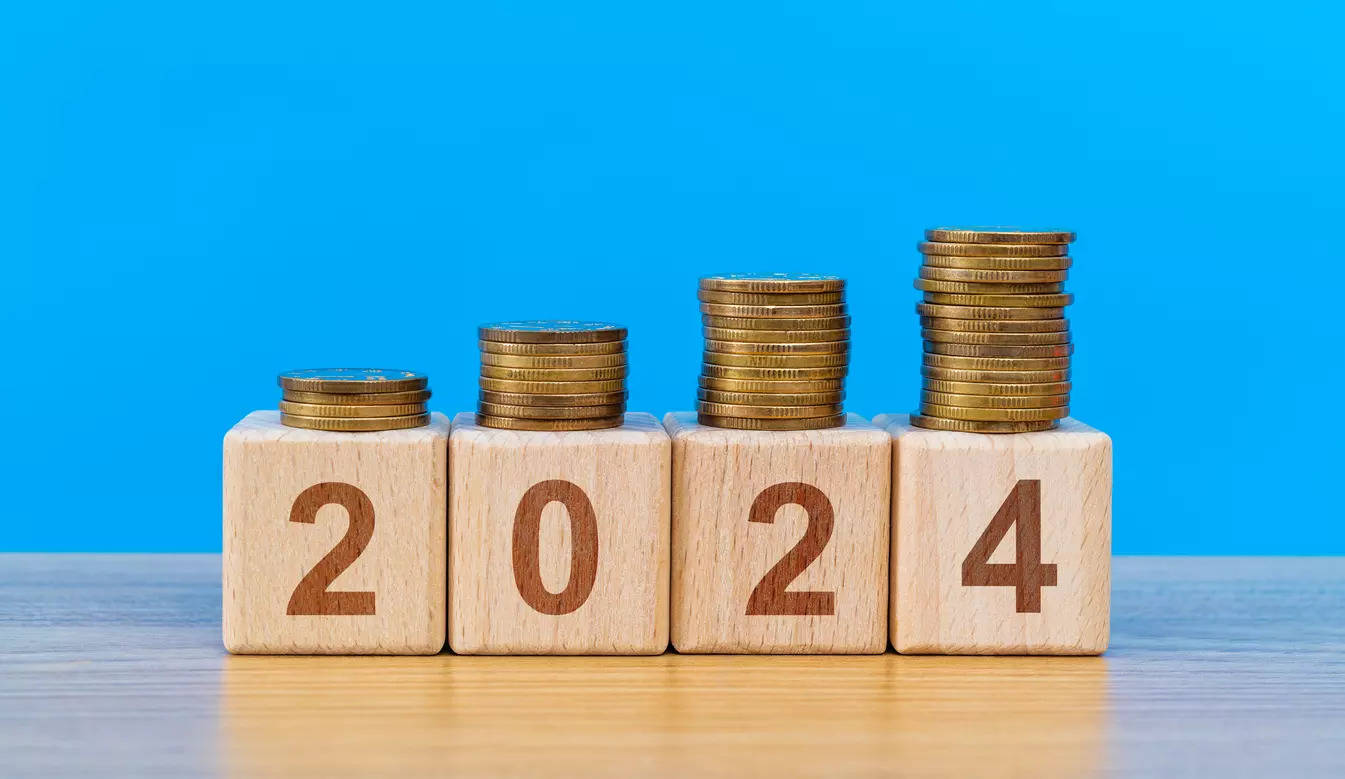
New Delhi: The 11% increase in capital expenditure proposed by Finance Minister Nirmala Sitharaman in her interim budget speech this morning received a tepid initial response from the markets as well as from economists.
The FM proposed capex to be increased to INR 11,11,111 crore for 2024-25, up from the budget estimate (BE) of INR 10 lakh crore in the current fiscal, adding that this would account for 3.4% of GDP in FY25. But when compared to the revised estimates (RE) for the current fiscal, capex in FY24 will be only about INR 9.5 lakh crore, which means the proposed increase for FY25 works out to nearly 17%.
While the expectation was of a high double digit increase in capital expenditure outlay, with many experts speculating earlier about a 20% increase in the allocation, the final number is not at a great variance. In any case, the investment by the government in creating assets has seen an over three times increase in the past four years and typically, in an election year, government expenditure anyway slows down.
D K Srivastava, Chief Policy Advisor at EY, told ETAuto that it was incorrect to make BE to BE (budget estimate) comparisons and so the increase in capex is 16.9% for FY25. He said by the same logic, the increase in the current fiscal over FY23 was 28.4%. “Government capital expenditure increased by 28.4% this fiscal and this led to an expected real GDP growth of 7.3% (based on advance estimates for FY24). The reduction in capex growth to 17% next fiscal should still be able to realise real GDP of close to 7%. The only rider is that the decline in government capex growth should be made up by an increase in private capital investment.”
In other words, the increase in capital expenditure is close to the general expectation but to achieve close to 7% GDP growth in FY25, private investment will have to step up its game substantially. Also, why does capital expenditure by the government assume such importance in generating GDP growth? Well, since the global economic and geopolitical situation has turned the contribution of net exports to negative, increasing domestic demand is the only route open for growth, and this can primarily be achieved by expanding capital expenditure.
Srivastava said that the budget documents also show that the government borrowing has been brought “under control” and this means ground is being prepared for a cut in lending rates by the RBI later in the next fiscal year. Any cut in lending rates is expected to boost domestic consumption, thereby improving overall growth prospects. For FY25, the proposed borrowings by the Centre are at INR 14.13 lakh crore, against INR 15.43 lakh crore for the current fiscal (BE).
The two numbers – capex increase by 17% and a reduction in the government’s borrowings – bode will for the economy since the massive capex increase in the past few years has led to a simultaneous increase in India’s public debt, with the IMF estimating debt to GDP ratio for FY24 at 82%.
Meanwhile, the moderation in capex growth for FY25 is evident in the spread for the Indian Railways (IR) which has been allocated INR 2.52 lakh crore, a rather modest 5% increase over the INR 2.4 lakh crore allocated in the current fiscal. The IR accounts for a major chunk of the government capex and year on year, there had been a substantial increase in allocation to the Railways in the form of higher capex even though the annual budget was never fully utilised. Perhaps keeping the utilisation levels in mind, the increase for the IR is a modest 5% for 2024-25.
There were no big bang announcements for the real estate sector, said Anuj Puri, Chairman of ANAROCK Group. But the focus was on infrastructure upgrades and building connectivity across the country. “The capex outlay allocation to increased by 11.1% … this will unlock the potential for real estate development across assets because a major part of this allocation will be used for various infrastructure upgrades and new projects”.
Shishir Baijal, CMD of Knight Frank India, said the three new economic Railway corridors proposed in the Budget are “massive projects with the potential to grow economic hubs and boost development of the tie-2 and tier-3 cities along their alignment”.
















